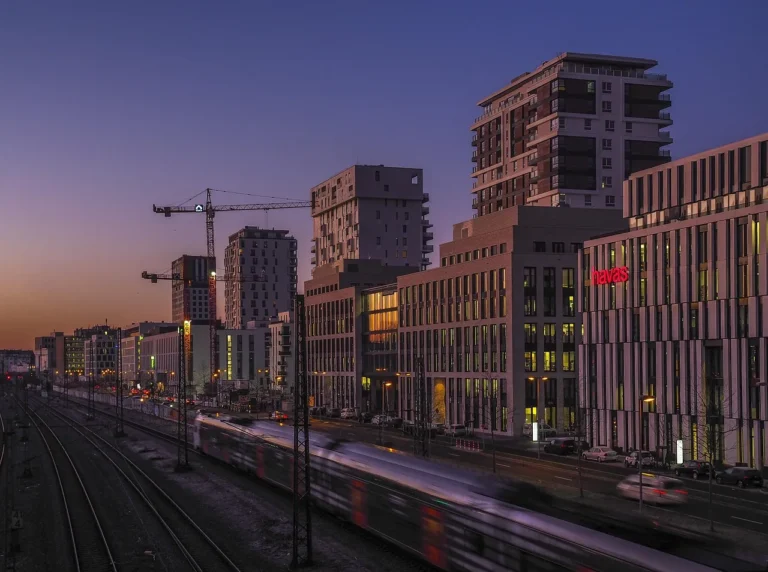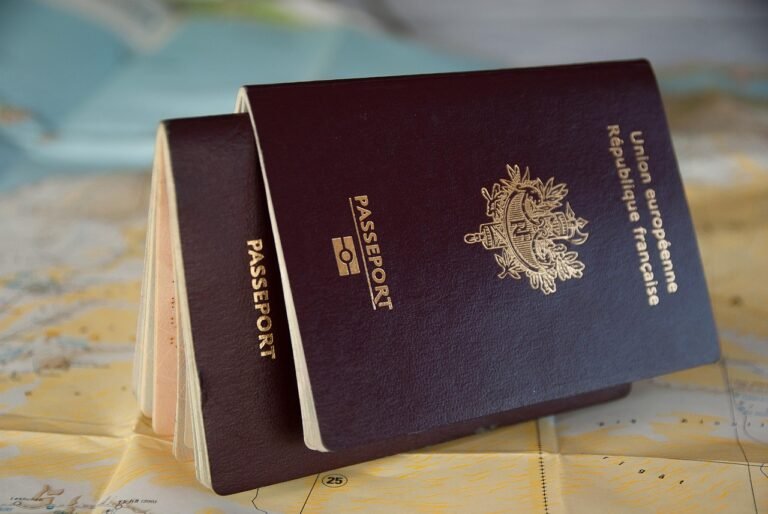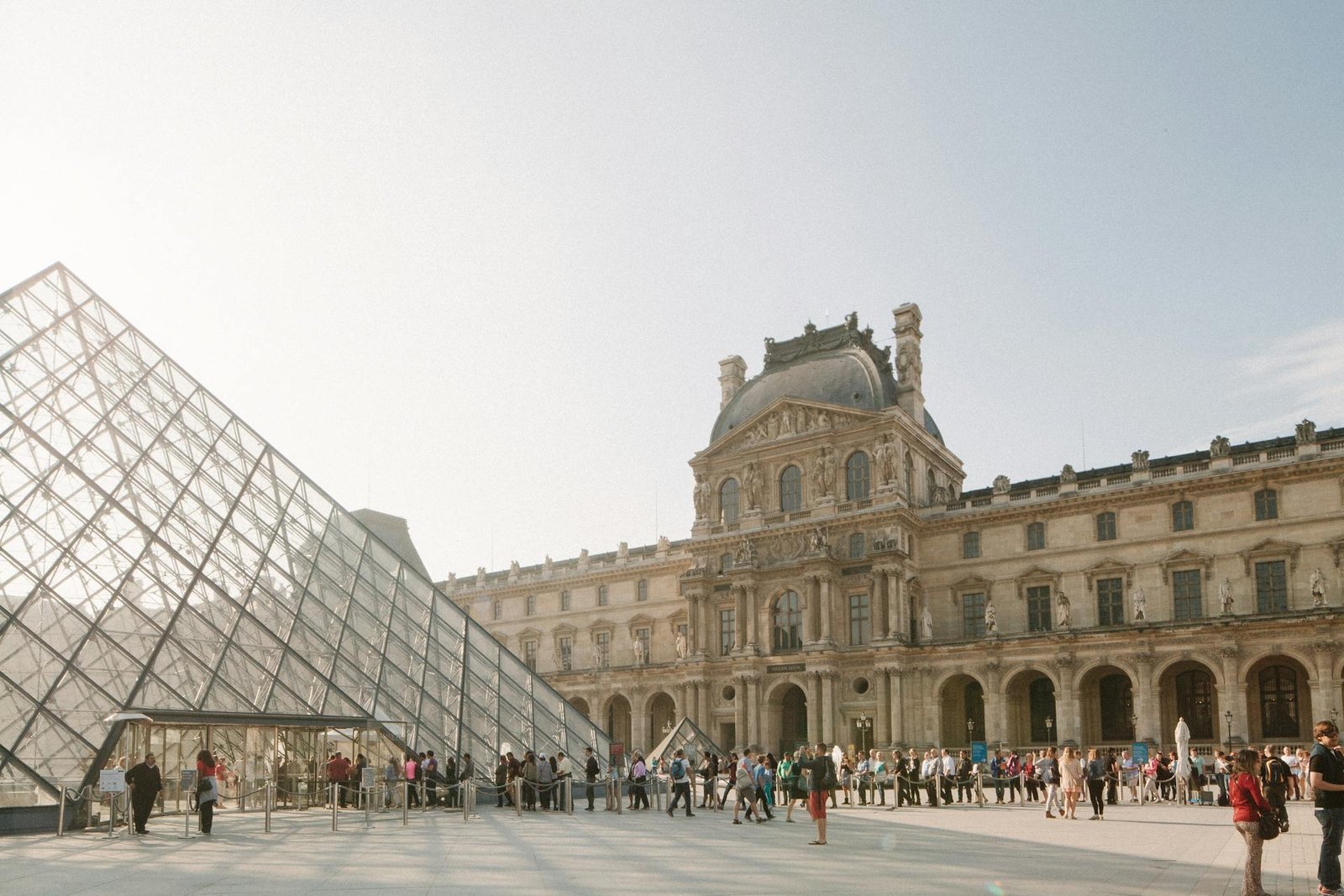
Let’s just acknowledge this up front: “Best Places to Visit in Europe” is the kind of phrase that can start a friendly debate, end it with an eye-roll, or leave you paralyzed in a puddle of wanderlust. Europe, after all, is the continent that invented the “leisurely stroll” and then handed you a labyrinth of cobbled streets, chaotic cafés, and monuments that have seen more drama than a late-night talk show. Maybe you want grand boulevards in Paris. Or, perhaps you’re equally enticed by the shadowy nooks of Lisbon, the kind that smell vaguely of coffee, sea spray, and whatever pastry someone just snuck into their backpack.
Sure, wanderers chase rugged Scottish cliffs and sun-drenched Greek islands—but I’d argue there’s as much magic in a random Polish bakery or a stubbornly unimpressive statue in Rome (yes, I’ve turned corners expecting “wow,” and gotten, well, “eh”). This guide isn’t about artificially resolving the age-old Venice vs. Prague debate or giving you a neat, one-size-fits-all itinerary. It’s about possibilities. A map’s worth of must-sees, near-misses, and those “blink and you’ll miss it” moments. Don’t worry—you’ll get tips, not commandments. Some certainty, maybe. And a gentle nudge to see for yourself whether the hype is deserved.
Classic European Destinations That Never Get Old
Paris, France: Beyond the Obvious
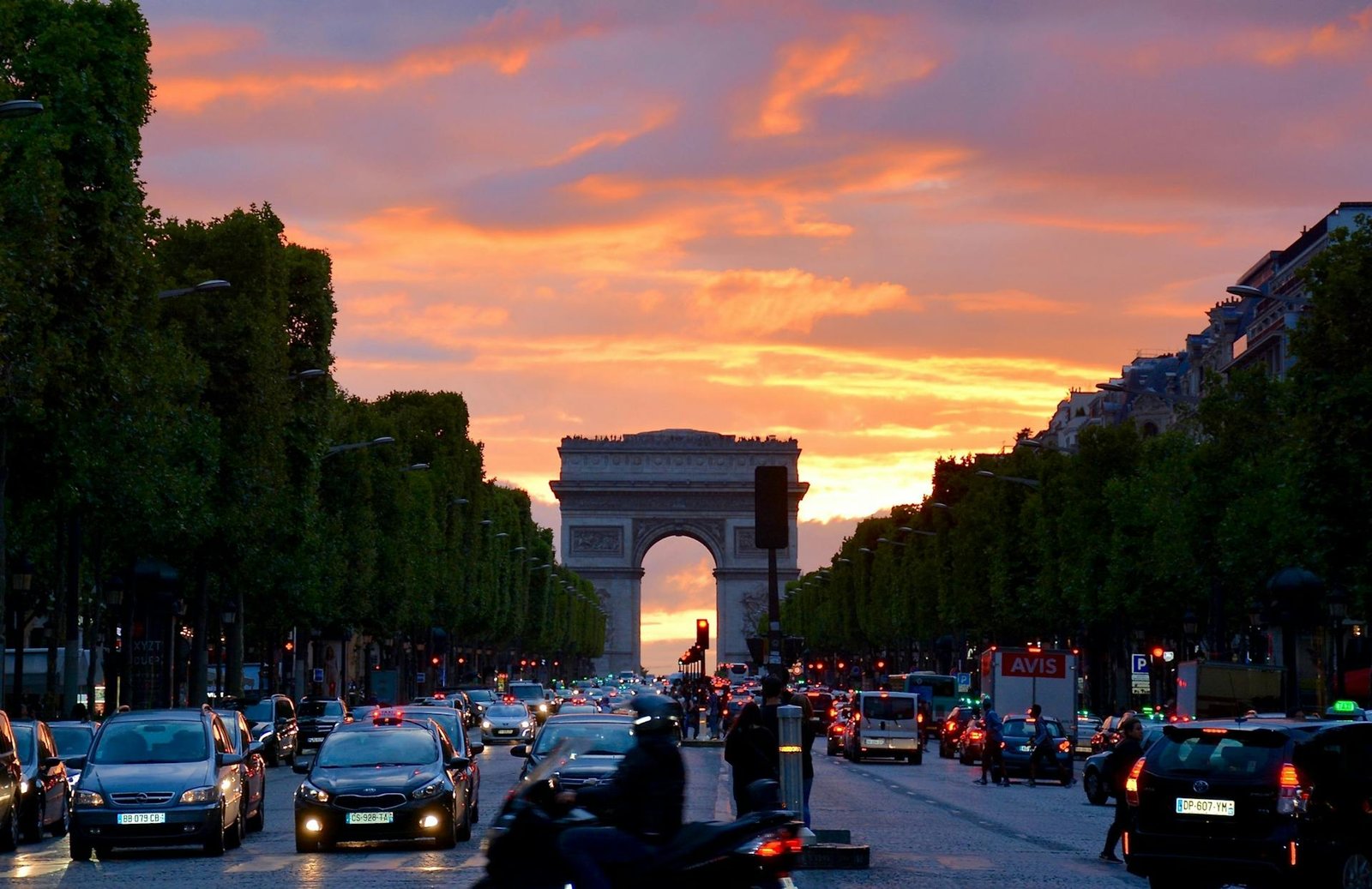
Everyone goes to Paris expecting the Eiffel Tower and croissants. What they don’t expect is falling in love with the city’s rhythm—the way Parisians take their time with coffee, how the light hits the Seine at golden hour, or that moment when you realize you’ve been people-watching at a sidewalk café for three hours and couldn’t be happier about it.
Sure, visit the Louvre and climb the Eiffel Tower. But also get lost in Montmartre, hunt for vintage treasures at the Marché aux Puces flea market, and for the love of all that’s holy, eat more cheese than is probably advisable.
Rome, Italy: Where Ancient Meets Chaos
Rome is magnificent and maddening in equal measure. You’ll stand in the Colosseum feeling the weight of history, then immediately get frustrated trying to figure out the metro system. This city operates on its own logic, and the sooner you embrace the beautiful chaos, the better your experience will be.
Pro tip from someone who learned this the expensive way: book your Vatican Museums tickets in advance. Like, seriously in advance. Unless you enjoy standing in lines that rival Disney World on Christmas Day.
Barcelona, Spain: Gaudí’s Playground

If Paris is elegant and Rome is historic, Barcelona is just plain fun. It’s the friend who shows up to dinner wearing mismatched socks and somehow makes it look intentional. Gaudí’s architecture alone is worth the trip—Park Güell feels like wandering through a fever dream designed by someone with impeccable taste and possibly mild psychedelic tendencies.
The food scene here is ridiculous in the best possible way. Skip the tourist-trap tapas places on Las Ramblas and venture into the neighborhoods where locals actually eat. Your taste buds will thank you.
Hidden Gems That Deserve More Love
Prague, Czech Republic: Fairy Tale Without the Price Tag
Prague is what happens when someone builds a city specifically to be photographed. The entire old town looks like a movie set, except it’s real and the beer costs less than a Starbucks coffee. The Prague Castle complex is stunning, but honestly, just wandering the cobblestone streets with a pint in hand is its own form of sightseeing.
I once spent an entire afternoon in a Prague beer garden, attempting to have philosophical conversations with locals despite speaking approximately zero Czech. Somehow, it worked. Beer is apparently a universal language.
Porto, Portugal: Wine Country Meets Coastal Charm
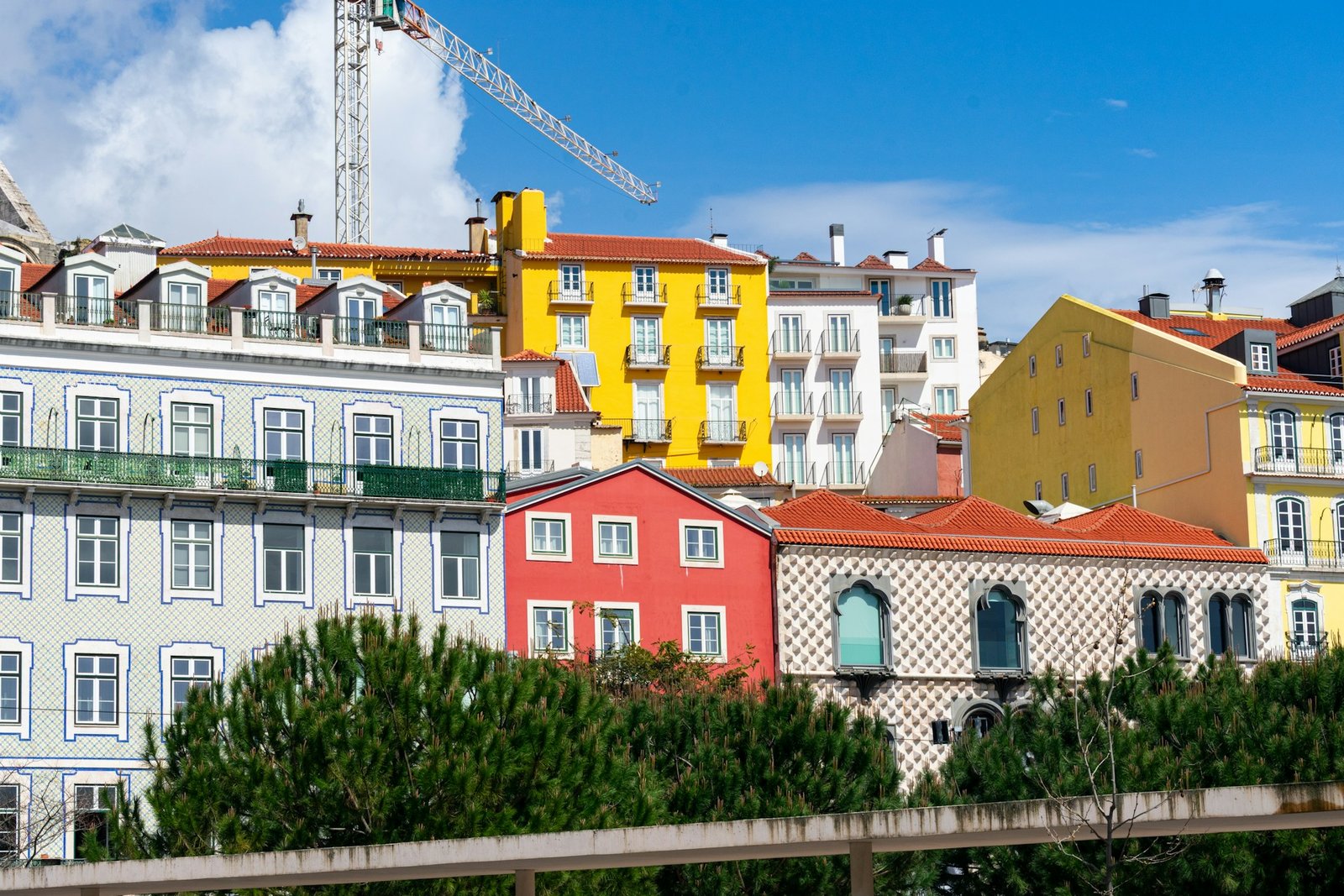
Porto is Lisbon’s cooler, more relaxed sibling who studied abroad and came back with interesting stories and a wine obsession. The Livraria Lello bookstore is Instagram-famous for good reason, but the real magic happens in the Douro Valley wine regions just outside the city.
Fair warning: you will drink more port wine than you planned. This is not a bug; it’s a feature.
Bruges, Belgium: Medieval Magic and Chocolate
Bruges is almost aggressively quaint. Like, suspiciously so. You half expect someone to pop out and announce it’s all an elaborate theme park. But no, it’s just Belgium being Belgium—effortlessly charming and slightly obsessed with chocolate and beer. The Belfry of Bruges offers great views if you don’t mind climbing what feels like approximately 47,000 stairs.
Off-the-Beaten-Path European Adventures
Tallinn, Estonia: Digital Nomad Paradise
Estonia might not be on your radar, but it should be. Tallinn’s medieval old town is UNESCO World Heritage worthy, and the country’s digital infrastructure is so advanced that you can literally start a business online in 18 minutes. Not that you’re planning to, but it’s nice to know you could.
The Alexander Nevsky Cathedral is particularly striking against the Baltic sky, especially in winter when everything looks like a scene from a Nordic noir series.
Ljubljana, Slovenia: Europe’s Best-Kept Secret
Slovenia is that friend who’s quietly amazing at everything but never brags about it. Ljubljana (yes, it’s pronounced Loo-blee-ah-nah, and no, I didn’t get it right the first dozen times) is compact, green, and utterly charming. The Ljubljana Castle provides panoramic views, and the Tivoli Park is perfect for afternoon strolls.
Plus, Slovenia has Lake Bled, which might be the most photographed lake in Europe that isn’t in Switzerland. The island church in the middle looks like something out of a romantic comedy.
Ghent, Belgium: Bruges Without the Crowds
If Bruges feels too touristy, Ghent offers similar medieval charm with more authentic local life. The Gravensteen Castle is properly medieval—complete with torture devices if you’re into that sort of historical education. The local specialty, Gentse waterzooi, is basically the ultimate comfort food.
Planning Your European Adventure: Practical Wisdom
When to Go: Timing Is Everything
Europe’s weather can be as unpredictable as a British comedy plot. Summer (June-August) offers the best weather and longest days, but also peak prices and crowds that’ll make you question humanity. Spring (April-May) and fall (September-October) provide that sweet spot of decent weather and manageable tourist levels.
Winter travel has its own magic, particularly in Christmas market season, but pack accordingly. European winter isn’t messing around.
Getting Around: Your Transportation Options
The Eurail Pass remains one of travel’s great deals if you’re covering significant ground. Budget airlines like Ryanair and EasyJet can get you between countries for less than a nice dinner, though they’ve turned charging for extras into an art form.

For a more civilized experience, FlixBus offers surprisingly comfortable intercity travel, and you’ll see countryside that airport routes skip entirely.
Where to Stay: Beyond Basic Hotels
Booking.com and Airbnb dominate the accommodation game, but don’t overlook hostels if you’re traveling solo or on a budget. Many European hostels are genuinely nice these days—far from the horror stories your parents might remember.
For a more authentic experience, consider staying in local guesthouses or bed-and-breakfasts. Booking.com often lists these alongside hotels, and the breakfast alone usually justifies the slightly higher cost.
Budgeting for Europe: The Real Talk
Daily Costs by Region
| Region | Budget Travel | Mid-Range | Luxury |
|---|---|---|---|
| Western Europe | €40-60/day | €80-120/day | €150+/day |
| Eastern Europe | €25-40/day | €50-80/day | €100+/day |
| Scandinavia | €60-80/day | €120-150/day | €200+/day |
These numbers include accommodation, food, local transport, and sightseeing. They don’t include flights, shopping sprees, or that expensive wine you’ll inevitably buy in Tuscany.
Money-Saving Strategies That Actually Work
Museums often have free days or reduced evening hours. Many cities offer tourist cards that include public transport and museum entries—do the math before buying, but they’re often worth it.
Lunch specials are your friend. Europeans take their midday meals seriously, and lunch portions are often identical to dinner portions at significantly lower prices.
BlaBlaCar for ride-sharing between cities can be cheaper than trains and more comfortable than buses, plus you might practice your French/German/Italian with locals.
Top European Travel Recommendations
Essential Booking Platforms
- Booking.com – Comprehensive accommodation search with excellent cancellation policies
- Skyscanner – Flight comparison tool that actually finds the good deals
- Rome2Rio – Transportation planning that considers all options, not just flights
Must-Have Travel Tools
- Google Translate – Camera translation feature is genuinely life-changing
- Citymapper – Public transport navigation for major European cities
- Trail Wallet – Budget tracking that works offline
Cultural Experiences
- GetYourGuide – Skip-the-line tickets and local tours
- Viator – Day trips and cultural experiences
- Eating Europe – Food tours in major European cities
Transportation Services
- Eurail – Train passes for multi-country travel
- FlixBus – Comfortable intercity bus travel
- BlaBlaCar – Ride-sharing between cities
Accommodation Platforms
- Airbnb – Local apartments and unique stays
- Hostelworld – Hostel booking with verified reviews
- Hotels.com – Loyalty program with free nights
Regional Specialists
- Visit Europe – Official European tourism information
- European Best Destinations – Curated destination guides
- Culture Trip – Local insights and cultural experiences
- Time Out – City guides from local experts
- Lonely Planet – Comprehensive travel guides and tips
The Reality Check: What They Don’t Tell You

Europe isn’t always Instagram-perfect. You’ll encounter language barriers that Google Translate can’t solve, public transportation strikes at the worst possible moments, and restaurants that close for inexplicably long lunch breaks just when you’re starving.
I once spent four hours in a German train station because of a strike, living off overpriced pretzels and questionable coffee. But you know what? Some of my best travel stories come from these supposedly “bad” experiences. Embrace the chaos—it’s part of the adventure.
European bathroom situations deserve their own travel guide. Pay toilets are standard, toilet paper quality varies wildly, and don’t even get me started on the variety of flushing mechanisms. Always carry change and perhaps your own tissue—trust me on this.
Making the Most of Your European Journey
The best European trips aren’t about checking boxes or cramming in every must-see sight. They’re about finding moments—maybe it’s watching the sunset from Santorini’s cliffs, getting lost in Amsterdam’s canal district, or stumbling upon a local festival in some tiny Italian town whose name you can’t pronounce.
Budget for spontaneity. Leave room in your itinerary for that last-minute day trip someone recommends or the extra night in a city that captures your heart. Some of my best European memories happened precisely because I didn’t plan them.
Learn a few basic phrases in local languages. “Please,” “thank you,” and “where’s the bathroom?” will get you surprisingly far and earn genuine smiles from locals who appreciate the effort.
Europe rewards the curious traveler who looks beyond the obvious attractions. Sure, see the Mona Lisa and climb the Eiffel Tower—but also wander through local markets, sit in neighborhood cafés, and strike up conversations with strangers. The continent’s real magic lies in these unscripted moments between the scheduled sightseeing.
Your European adventure is waiting, and honestly, there’s no perfect time to start planning except right now. The continent has been collecting stories for thousands of years—time to add yours to the collection.
Frequently Asked Questions
Question: What’s the best time of year to visit Europe?
Answer: Late spring (April-May) and early fall (September-October) offer the best balance of pleasant weather, manageable crowds, and reasonable prices. Summer brings perfect weather but peak tourism and higher costs.
Question: How much money should I budget for a two-week Europe trip?
Answer: Budget travelers can manage on €40-60 per day in Western Europe, €25-40 in Eastern Europe. Mid-range travelers should plan for €80-120 daily in Western Europe, €50-80 in Eastern Europe, not including flights.
Question: Do I need a visa to travel to Europe as an American?
Answer: US citizens can travel visa-free to most European countries for up to 90 days within a 180-day period. However, starting in 2024, you’ll need ETIAS authorization for EU countries.
Question: What’s the most efficient way to travel between European countries?
Answer: Trains are generally fastest for distances under 600 miles, while budget airlines work well for longer distances. The Eurail Pass offers good value for extensive train travel across multiple countries.
Question: Should I exchange money before traveling to Europe?
Answer: Most European countries use the Euro, making travel easier. ATMs offer the best exchange rates, but notify your bank of travel plans. Carry some cash as smaller businesses may not accept cards.
Question: Is it safe to travel alone in Europe as a woman? Answer: Europe is generally very safe for solo female travelers. Use common sense precautions: stay aware of surroundings, keep valuables secure, and trust your instincts if something feels off.
Question: What should I pack for a European trip?
Answer: Pack layers for variable weather, comfortable walking shoes, a universal adapter, and copies of important documents. Leave room in luggage for souvenirs and remember European washing machines are smaller.
Question: How far in advance should I book accommodations in Europe?
Answer: Book 2-3 months ahead for popular destinations during peak season, 1-2 months for shoulder season. Budget accommodations fill up faster, while luxury hotels often have last-minute availability.
Question: What’s the best way to stay connected while traveling in Europe?
Answer: International phone plans, local SIM cards, or portable WiFi devices all work well. Many cities offer free WiFi in public areas, cafés, and tourist information centers.
Question: Are credit cards widely accepted in Europe?
Answer: Yes, but cash is still important for small purchases, markets, and some restaurants. Notify your credit card company of travel plans and choose cards without foreign transaction fees.
Question: What are the most overrated tourist attractions in Europe?
Answer: The Mona Lisa (too crowded), Manneken Pis in Brussels (disappointingly small), and the Little Mermaid statue in Copenhagen often disappoint visitors with unrealistic expectations.
Question: How can I avoid tourist traps in European cities?
Answer: Eat where locals eat (away from main tourist areas), book attractions in advance to skip lines, and ask your accommodation host for neighborhood recommendations rather than relying solely on guidebooks.


